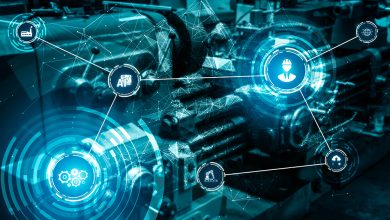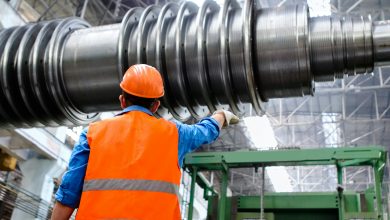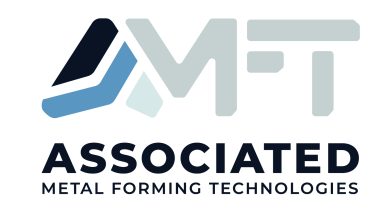The landscape of modern manufacturing is characterized by an unrelenting quest for efficiency, quality, and resource conservation. In many fields, such as automotive, aerospace, electronics, and consumer goods, being able to apply materials with exact precision has become a must-have. This need is what keeps application technology moving forward, especially in the areas of coating and finishing. Specialized tools, like spray guns for precise application, are what make this precision possible. These tools aren’t just extra hands; they’re complex machines that can control fluid dynamics, atomization, and pattern geometry with amazing accuracy. High-quality spray systems deliver materials evenly and consistently, which reduces waste, cuts down on rework, and directly leads to a better final product. This is true whether you’re putting a protective coating on a turbine blade, laying down adhesive on a printed circuit board, or giving an appliance a perfect finish. This focus on controlled application makes sure that manufacturers can always meet strict quality control standards while getting the most out of high-performance materials that are often expensive. The ability to break coatings down into perfectly sized droplets and apply them with little overspray is what sets world-class production lines apart from less efficient ones.
The Need for Quality Control and Consistency
In a global market that is becoming more competitive, the quality of a manufactured product is very important. If the material is applied too thick, too thin, or unevenly, it can ruin both the function and the look of the finished product. For instance, in the car industry, the thickness and evenness of paint layers are very important for preventing corrosion and making the finish look good. A precisely controlled application makes sure that every part meets the exact specifications set by the engineering teams. Automated or semi-automated systems that use robotics and advanced sensing technology to combine these precision spray guns are what make this level of repeatability possible. These systems use digital controls to keep an eye on things like fluid pressure, air flow, and temperature. They then make small, real-time changes to keep everything at a constant level. This change from manual, variable application methods is a major step forward in manufacturing technology. It means that the tenth thousandth unit off the line will be almost the same as the first.
Material Science and Technology for Use
Advances in material science are closely tied to the progress of modern manufacturing. Today’s products need complex, high-performance coatings, like specialized polymers and ceramics, multi-component epoxies, and waterborne paints. These materials are often made to protect better against things like heat, chemicals, UV radiation, and abrasion. But the performance of these advanced materials depends entirely on how they are used. For example, two-part epoxy coatings need to be mixed and applied in a short amount of time, which means that the equipment used to apply them must be quick, effective, and dependable. In the same way, thin-film coatings for aerospace parts must be applied in micron-level thicknesses to meet weight limits while still providing the necessary thermal or wear resistance. It is important to carefully design manufacturing equipment, especially the core application tools, so that they can handle the flow and deformation of these complex materials. This mutually beneficial relationship between material science and application technology sets the limits on what manufacturers can do.
Lean Principles and Cutting Down on Waste
Lean principles, which put getting rid of all kinds of waste first, are very important to modern manufacturing. In coating and finishing operations, overspray is a common type of material waste that can be very expensive and bad for the environment. One way to measure how well a spray process works is to look at its “transfer efficiency,” which is the percentage of material that sticks to the target object. High-precision tools and methods, like High Volume Low Pressure (HVLP) or electrostatic spray systems, are made to get the most out of transfer efficiency. HVLP guns use more air at a lower pressure to slow down the coating particles, which cuts down on bounce-back and overspray. Electrostatic systems charge the coating particles, which makes them stick to the grounded workpiece. This greatly increases deposition. These precision tools not only cut costs by using materials at rates of over 90%, but they also help the manufacturer meet their environmental goals by cutting down on volatile organic compound (VOC) emissions and solid waste.
The Future of Manufacturing Apps
In the future, manufacturing application technology will keep combining digitalization and automation. The trend is toward smart systems that use AI and machine learning to find the best application settings, even when the geometry of the components or the conditions in the environment change slightly. Robotic application cells with advanced vision systems and high-precision spray guns will become the norm. This will allow manufacturers to make complex shapes and large quantities of products with almost no defects. In the end, the ability to control how materials are applied down to the microscopic level is what lets manufacturers push the limits of product performance, durability, and design, making sure that the finished product is exactly what the engineer wanted.



